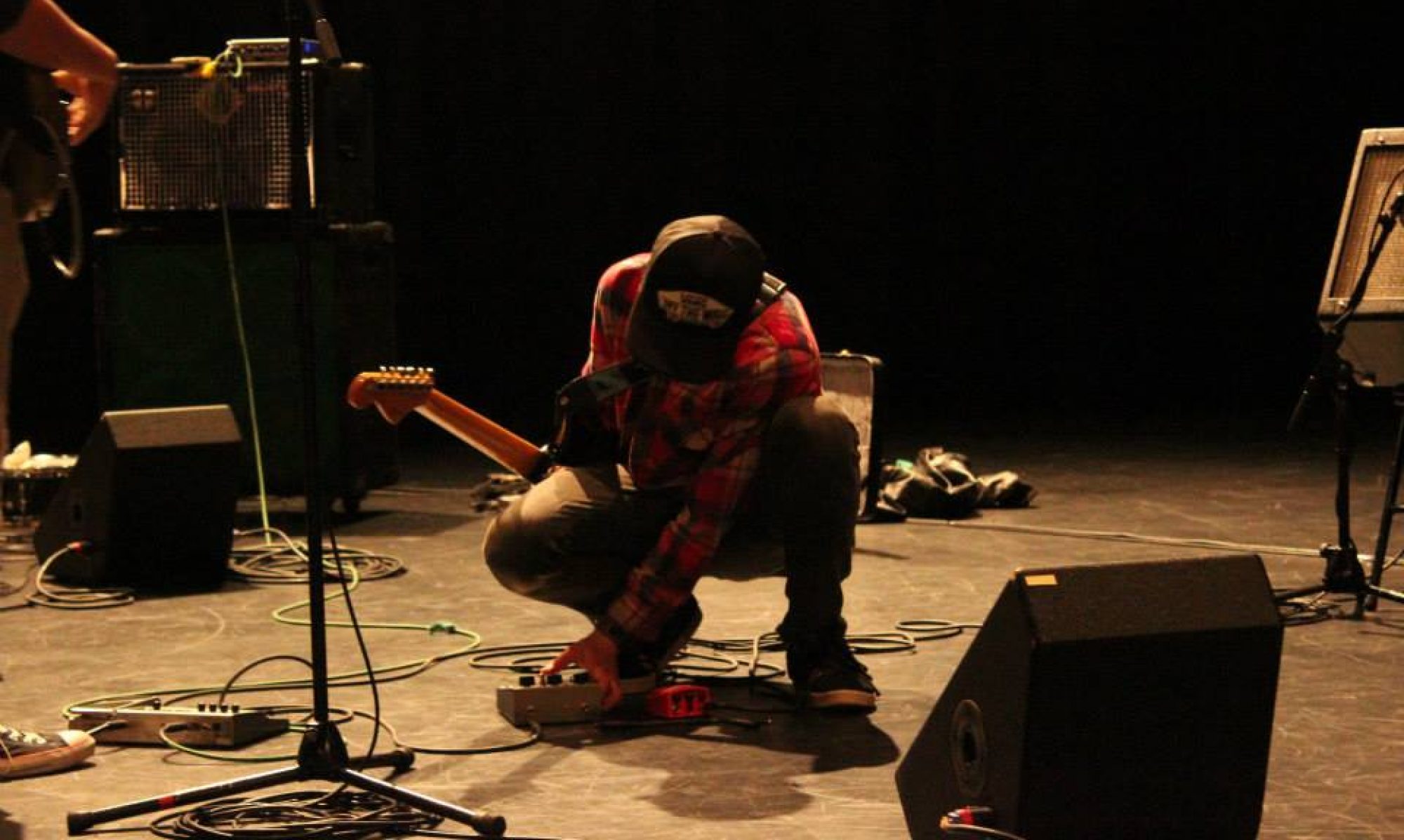Matt Bellamy really outdid himself on this one, the guitar is so freakishly good and the way his voice is so haunting and smooth it fits amazingly with this song. I really like the contrast between the tension in the rough guitar and the release with the light piano and high harmony background vocals (1:08). I highly recommend listening to this song all the way through because I truly think this is one of Muse’s best songs.
Chandelier – Toiki
There is a very clear key change that is interesting, but it is the syncopation in the background that I liked more.
Omenmokushiroku – Hiiragi Magunetaido
The BPM in this song is fast. There are added syncopations to create extra tension and intricacy.
Aisoto-pu – r-906
This song has a lot of tension and release built on a funky rhythm with numerous beat drops. It is a song that showcases rhythm more than melody.
Kyaraban – syudou
This song has a very rich background of basses and layers of instruments. I liked the negative spaces put in to create tension.
Kuguru – by @x0o0x_ (twitter)
This song is built on dissonances. It doesn’t have a very clear climax but it offers interesting dissonances through out the song.
Average White Band – Your Love Is a Miracle
The syncopated groove in this track is infectious. Hop in your car, turn up the sub, and let Alan Gorrie go to work.
BADBADNOTGOOD – Time Moves Slow (feat. Sam Herring)
Alexander Sowinski is so deep in the pocket, you could fit a kick drum in there. The instrumentals openness gives room for Sam Herring’s superb vocals to shine through. I enjoy the outro (3:49) where everything builds up creating anticipation for a final huzzah.
Don Cherry – Brown Rice
Throughout the track, there is this feeling of emptiness, an undertone of something missing. I think it is the lack of a classic drum pattern that creates this void. However, I enjoy the tension that is never fully released until the song ends, and another one starts playing.
Alice Coltrane – Shiva-Loka
The intro crashes into the listener’s ears. I enjoy the panning of the sitar and harp because it adds some structure into the “chaos.” It makes it less overwhelming to the listener.
